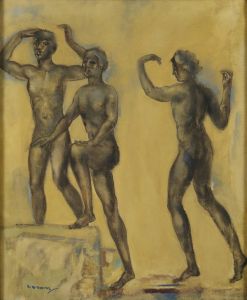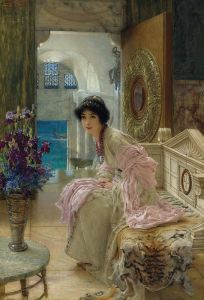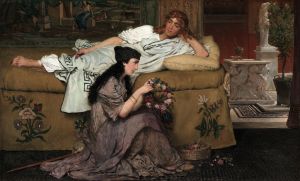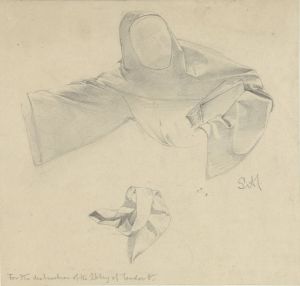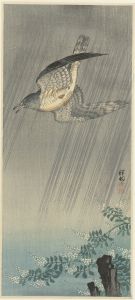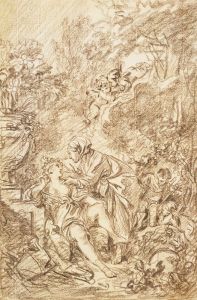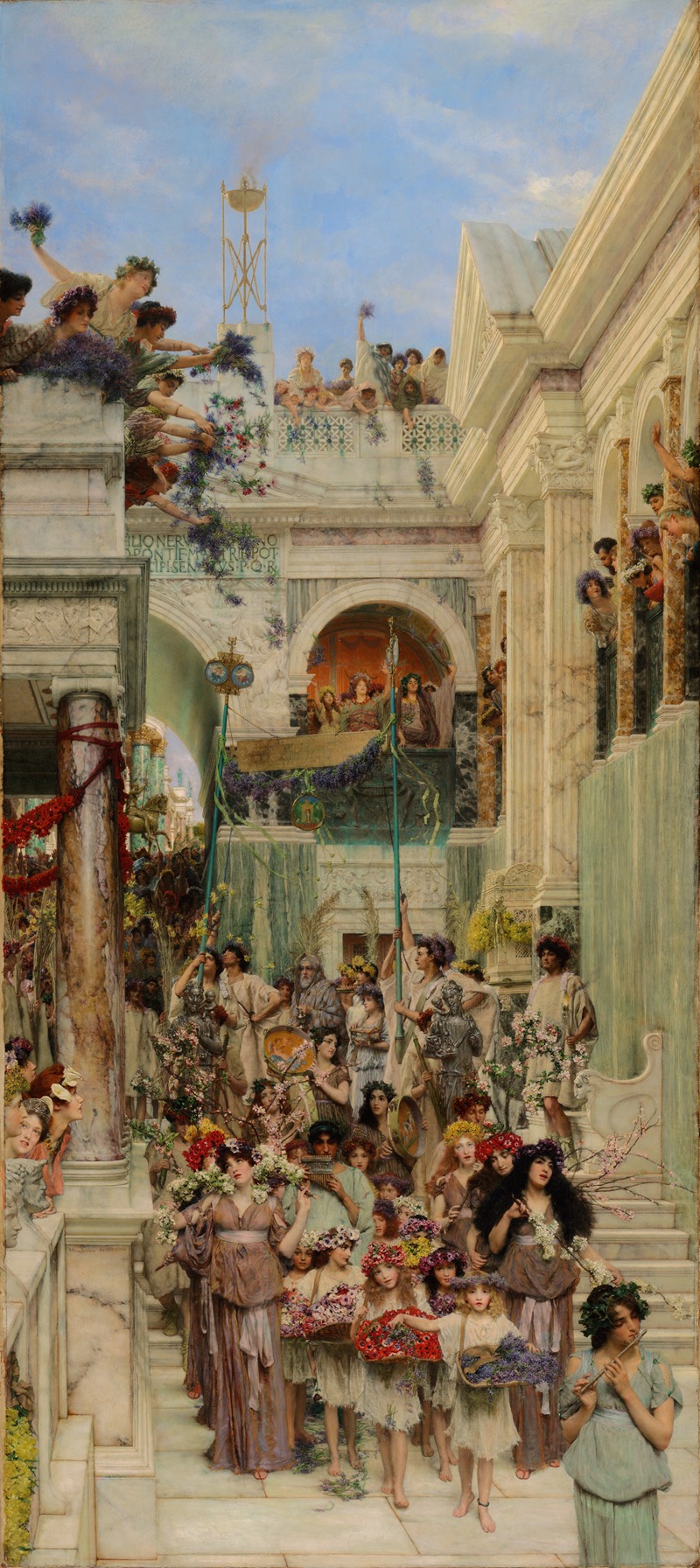
Spring
A hand-painted replica of Lawrence Alma-Tadema’s masterpiece Spring, meticulously crafted by professional artists to capture the true essence of the original. Each piece is created with museum-quality canvas and rare mineral pigments, carefully painted by experienced artists with delicate brushstrokes and rich, layered colors to perfectly recreate the texture of the original artwork. Unlike machine-printed reproductions, this hand-painted version brings the painting to life, infused with the artist’s emotions and skill in every stroke. Whether for personal collection or home decoration, it instantly elevates the artistic atmosphere of any space.
"Spring" is a painting by the renowned Dutch-British artist Lawrence Alma-Tadema, completed in 1894. Alma-Tadema is celebrated for his meticulous attention to detail and his ability to bring the ancient world to life through his art. "Spring" is one of his most famous works and exemplifies his fascination with classical antiquity, particularly the Roman Empire.
The painting depicts a vibrant and festive procession in ancient Rome, capturing the essence of a spring festival. Alma-Tadema's work is characterized by its historical accuracy and attention to detail, and "Spring" is no exception. The scene is filled with figures dressed in Roman attire, including togas and tunics, and the artist has taken great care to accurately portray the architecture and decorative elements of the period.
In "Spring," Alma-Tadema showcases a procession of women, children, and musicians moving through a Roman street adorned with flowers and garlands. The figures are depicted with a sense of movement and joy, celebrating the arrival of spring. The artist's use of color is particularly noteworthy, with a palette that includes soft pastels and vibrant hues, capturing the freshness and vitality of the season.
One of the most striking aspects of "Spring" is Alma-Tadema's ability to create a sense of depth and space. The composition is carefully arranged to lead the viewer's eye through the scene, from the foreground figures to the architectural elements in the background. This creates a sense of immersion, as if the viewer is part of the festive procession.
Alma-Tadema's interest in classical antiquity was influenced by his travels to Italy and his study of Roman history and culture. His paintings often reflect a romanticized view of the ancient world, combining historical accuracy with imaginative elements. In "Spring," this is evident in the idealized portrayal of Roman life, where the beauty and harmony of the scene are emphasized.
The painting was well-received during Alma-Tadema's lifetime and remains one of his most celebrated works. It is part of the collection of the J. Paul Getty Museum in Los Angeles, California. The museum acquired the painting in 1972, and it has since been a highlight of their collection, admired by visitors for its beauty and historical significance.
"Spring" is a testament to Alma-Tadema's skill as an artist and his ability to transport viewers to another time and place. His meticulous attention to detail and his passion for the ancient world are evident in every brushstroke, making "Spring" a masterpiece of 19th-century art. The painting continues to be studied and appreciated for its artistic and historical value, offering a glimpse into the past through the eyes of one of the era's most talented painters.







